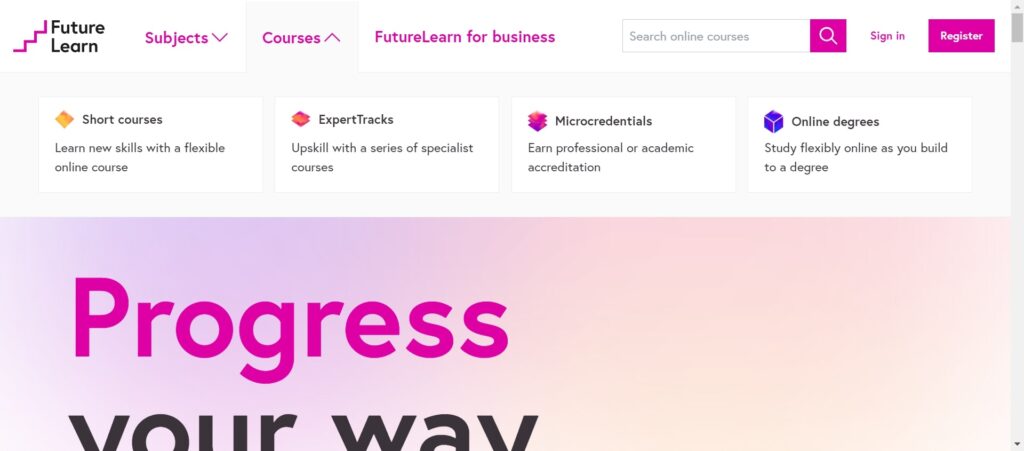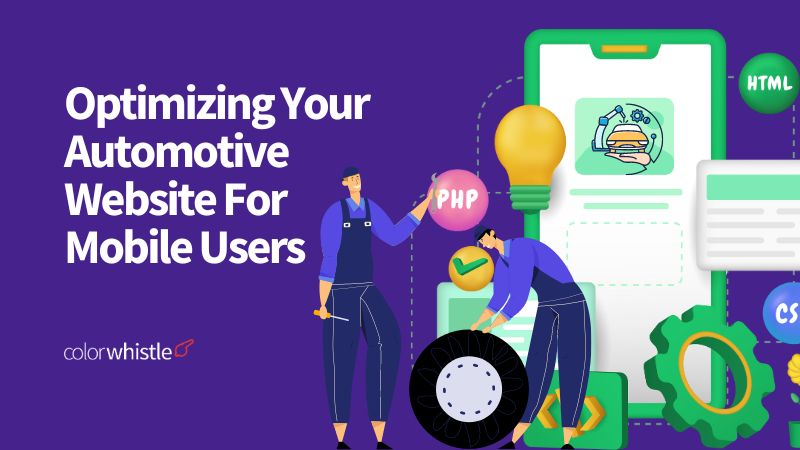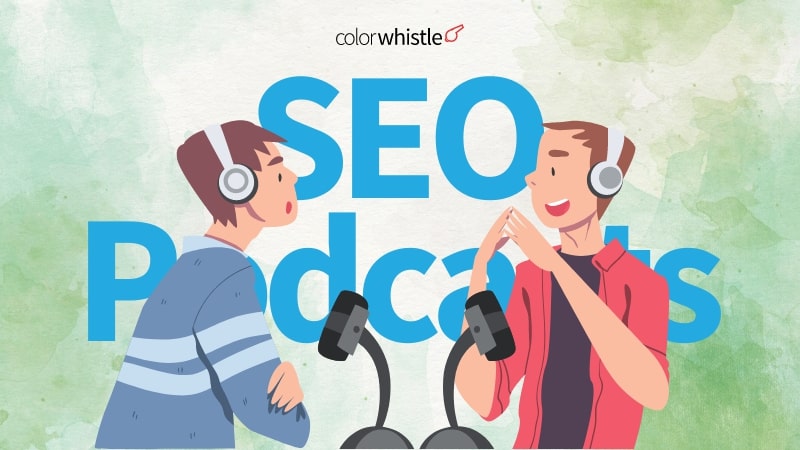SEO strategies for UK e-learning sites offer a valuable roadmap to enhance online visibility and attract a wider audience of eager learners.
If you’re here, you’re likely one of two kinds of people.
- You’re a serious e-learning entrepreneur who wants to learn how to get more traffic to your website.
- You’re a bored person who clicked on this link because you were curious about what an “assertive” blog post on SEO would look like.
Regardless of your path, you’ve landed in a valid spot. Here, you can discover comprehensive insights into SEO for UK e-learning sites, in a way that’s both informative and entertaining.
Are you looking for an education digital marketing service company or education website development service company?
What is SEO?
SEO – search engine optimization. SEO is all about making a website easier to find and boosting its position on search engines like Google. It’s a big deal in online marketing because it helps more people discover a website when they search for things online.
Why is SEO Important for UK e-learning Sites?
SEO is essential for UK e-learning platforms because it’s the best way to attract students. When people are looking for e-learning courses, they turn to online searches. If your website doesn’t show up on the search engine results pages (SERPs), you’re missing out on a lot of possible traffic.
Also Read
SEO Strategies for UK E-Learning Sites to Improve the SEO of your UK E-Learning Site
There are a number of things you can do to improve the SEO of your UK e-learning site. Here are a few tips
Conduct Keyword Research
The first thing you need to do for a successful SEO plan for a UK e-Learning Site is to find the words people type into search engines when looking for online courses and materials.
You can find words for your e-learning business and have a good search volume using tools like Google Keyword Planner and SEMrush.
You can check Google Search Console to see the words people type in to find your website.
Let’s say you’re a UK e-learning site that offers courses on Python programming. You would want to conduct keyword research to find terms like “Python programming course,” “Python programming online,” and “Python programming for beginners.”
Optimize Your Website Content
After gathering the keywords for your UK e-learning site, make sure your website talks about those things. Use those keywords in your page titles, meta descriptions, headings, and the main text on your site.
You should also ensure that your content is well-written and informative and that the content marketing service provides value to your target audience.
Run Paid Advertising Campaigns
Using paid ads is a good way to get more people to visit your e-learning site. You can place ads on Google and Facebook to reach a larger audience.
Optimize On-Page and Off-Page Elements
On-page SEO is the process of making your e-learning website more search engine-friendly by optimizing its content and structure. Off-page SEO is the process of building backlinks to your e-learning website from other high-quality websites.
Backlinks, or links from other websites to your own, are one of the most important factors that Google considers when ranking websites.
You can build backlinks by creating high-quality content that other websites will want to link to, and by guest blogging on other websites in your industry.
Fix Technical Errors
Technical SEO is the behind-the-scenes work that helps your e-learning website rank higher in search results. This means making sure your website can be found by search engines, loads fast, and can be easily seen by people. Optimize your e-learning website for all screens.
Align Content With Searchers’ Interests
When you make lessons for your online learning site, think about the people who will use them. What do they want to learn? What issues do they want to fix? Your lessons should match what they like and what they need.
Optimize Category Pages
Category pages help users find what they want on your e-learning website. Make sure these pages are well-organized and easy to use. Also, provide helpful descriptions for each category.
Create New Blog Content
Writing a blog can help bring more target people to your e-learning website and show that you know a lot about your topic. Just write posts that matter to the people you want to reach and give them helpful info.
Use Long-Tail Product Descriptions
Long-tail product descriptions give more details than shorter ones. This gives them better chances of showing up in search results when people look for specific things.
Segment Your Audience and Develop Targeted Content for Each Segment
Students are different. Some want online courses for school, and some want to learn new things. When you make content for your e-learning site, aim it at the kind of students you want to help.
Optimize For Search Intent
Search intent means what someone wants when they type something into a search engine. When you’re trying to make your content show up on search engines, remember to think about what people are looking for.
Make sure your content matches what your audience is searching for and gives them the information they want.
Improve User Experience
Good e-learning website design is important for everyone who visits and for search engines too. If your e-learning website is well-designed and easy to use, search engines are more likely to show it to people when they search. So, when you create your e-learning website, make sure it’s organized neatly, with clear menus and labels, so that people can quickly find what they need.
Format Content for Featured Snippets
Featured snippets are short excerpts of text that appear at the top of the SERPs. When you format your content for featured snippets, you increase your chances of appearing in the featured snippet box.
Audit Your Competitors
Auditing your competitors can help you identify areas where you can improve your SEO strategy. Then, try to implement those strategies on your own website.
Add Schema Markup
Schema markup is like a special code you put on your e-learning website to help search engines understand what’s on it better. When you use schema markup, your website might show up in search results with more detailed information, called rich snippets, instead of the usual basic results.
Also Read
Let’s see the Success Story of OpenLearn – The UK E-Learning Platform
OpenLearn

SEO strategy
OpenLearn uses a different SEO strategy than FutureLearn. Their strategy is focused on providing high-quality, free content that is relevant to their target audience. They do not use paid advertising or social media marketing to a significant extent.
Success
OpenLearn has been successful in its SEO efforts and is now one of the most popular free e-learning platforms in the UK. They have a strong website ranking and attract much organic traffic. They also generate a significant number of leads for their courses through their SEO efforts.
FutureLearn

SEO strategy
FutureLearn, a top online learning site, stands out in e-learning. They ace it by using smart SEO tricks. How? They pick the right words (Keyword Research), create awesome content (Content Marketing), get good links (Link Building), and make their site easy to use. They also rock it on social media (Social Media Marketing), use ads (Paid Advertising), tweak technical stuff, and keep up with what’s hot in SEO. Their plan works great, bringing in lots of visitors, leads, and making them a go-to place for learning online.
Wrap-Up
By implementing effective SEO strategies, including researching the best SEO pricing packages, you can make your e-learning website more appealing to search engines and, in turn, to valid learners. Remember to focus on relevant keywords, create quality content, and make your site user-friendly. Keep yourself informed about the most recent SEO trends and adjust your strategies accordingly with the help of a dedicated digital marketing service and SEO service company. With dedication and smart SEO practices, your e-learning site can climb the search engine rankings, making it easier for students to find and benefit from your valuable educational resources.
But seriously, SEO takes time and effort. Don’t expect to see results overnight. But if you stick with it, you’ll eventually start to see more traffic to your website and more students enrolling in your courses.
Browse through our ColorWhistle page for more related content and to learn about our services. To get in touch with us and learn more about our services, please visit our Contact Us page.
What’s Next?
Now that you’ve had the chance to explore our blog, it’s time to take the next step and see what opportunities await!





